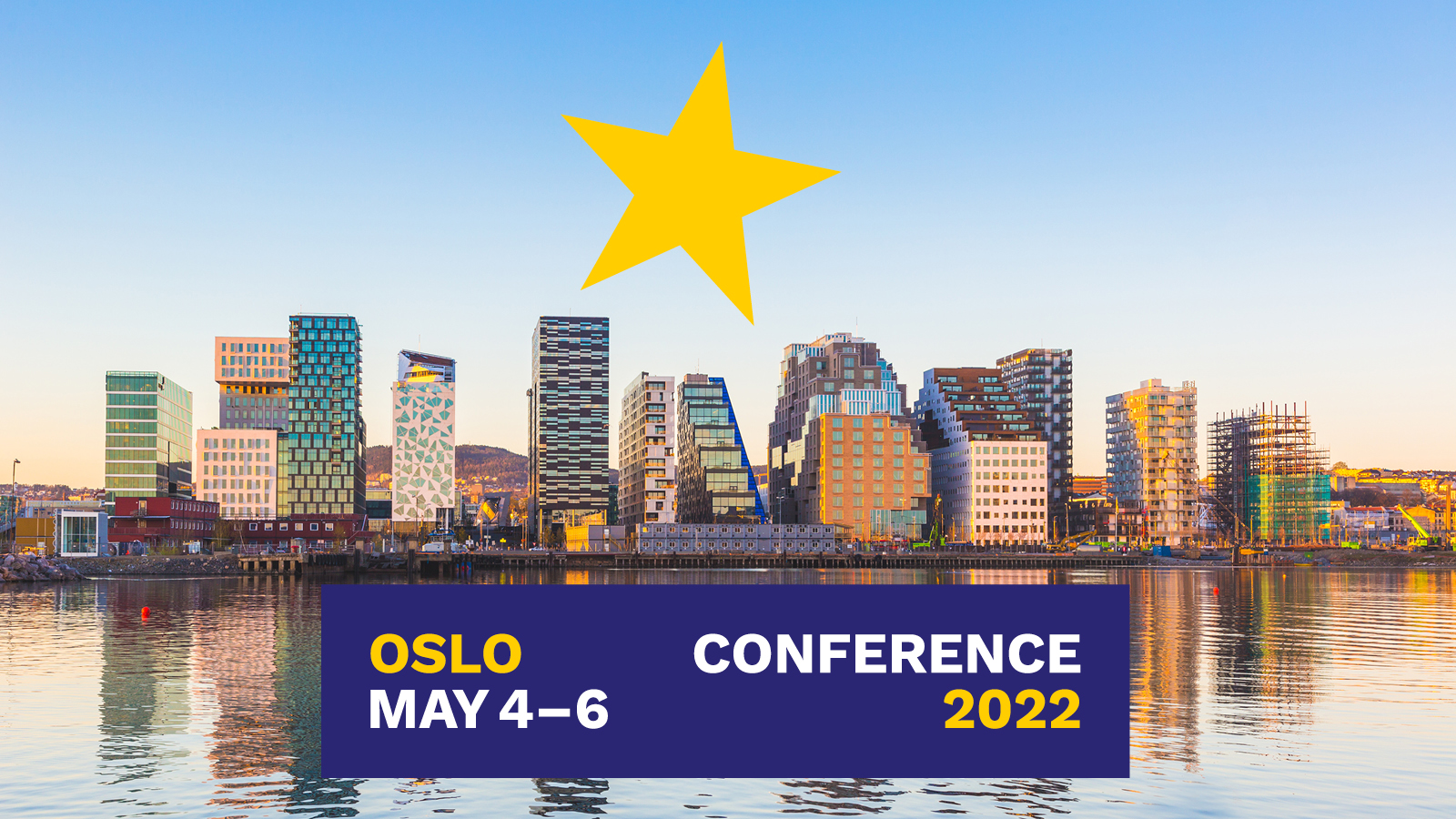Contemporary art for research support activities
How art can be involved in research projects, especially in Open Science activities
Conference
Format: Pecha Kucha
Topic: Open Science & Responsible Research & Innovation
Session: C7: Open Science & Responsible R&I: 4 separate Pecha Kuchas
Friday 6 May 12:45 p.m. - 1:45 p.m. (UTC)
Abstract
As research mangers we should consider the evolution of research context and how the role of science into society is changing to offer better solutions in research support activities. Some years ago, the relevant decisions to the development of science were taken almost exclusively within the scientific community. In those that were called the “ivory towers”. While nowadays more and more the relevant decisions to the development of scientific knowledge must be shared between scientists and several non-expert audiences. Just considering the sequence of research and innovation funding programmes of European Commission, we can see how involvement processes are became increasingly important up to Horizon Europe, where relationship and interaction between science and society and promoting the involvement of citizens are key aspects. The presentation will indicate how and why contemporary art can be a helpful tool in designing and carrying involvement processes out.
The presentation will start by introducing the context and giving a rapid historical-theoretical perspective about the relationship between art, science and technology. We will see how, after the first experiments of the Sixties, hybridisation of art with scientific and technological references have intensified since the Nineties, starting to stop being experiments to become consolidated activities, up to contemporary experiences, in which the presence of artists in the places of research is no longer exceptional and hybrid practices are increasingly encouraged in some European research funding.
In this frame of reference, we can consider the most tested and practiced methodologies and the best-known places where these collaborations and projects come to life. Purely by way of example, centres such as Ars Electronica (Linz, Austria), Science Gallery (Dublin, Ireland), Symbiotica (Perth, Australia), Art.at CERN (Geneva, Switzerland), MediLAB - MIT (Boston, USA).
What can we learn from all these experiences? How can art be a useful tool for science dissemination activities and public engagement? In responding to these questions, the presentation will be focused on specific examples taken also directly from the speaker’s experiences, who has managed several projects in different contexts and universities in Europe. Particular attention will be paid to his current activity at the University of Bologna in which he also holds a seminar for PhD candidates about how involve art in scientific research and in technological developments, especially in the research projects funded by European Commission.
Learning outcomes
Gaining knowledge about some innovative processes in research support activities.
Becoming aware of how changing science context require new strategies to provide a better support for the research developments.
Becoming conscious of the proactive role that can be played by RMs.

